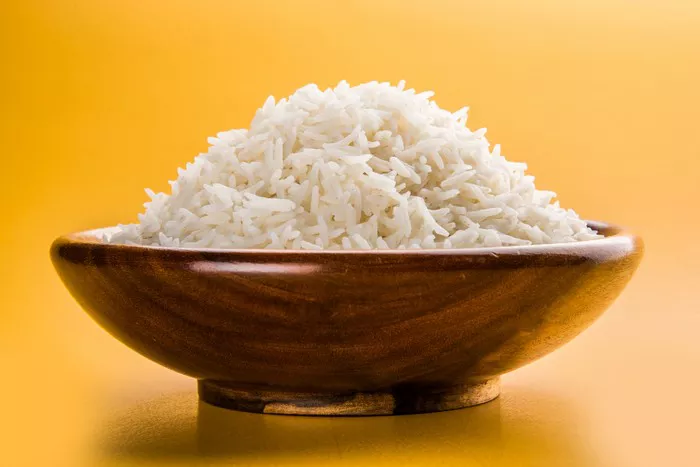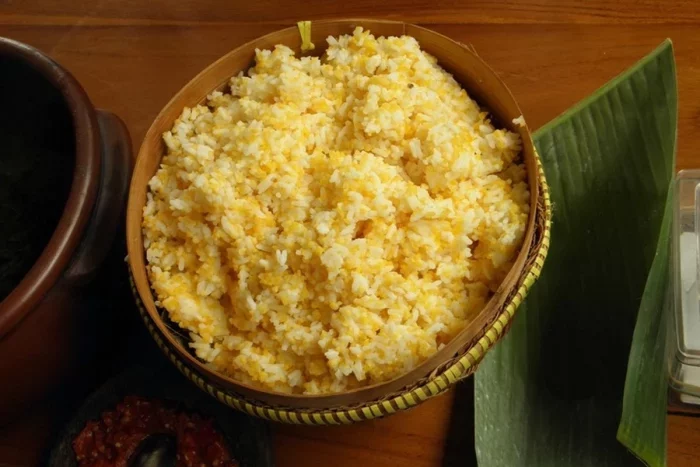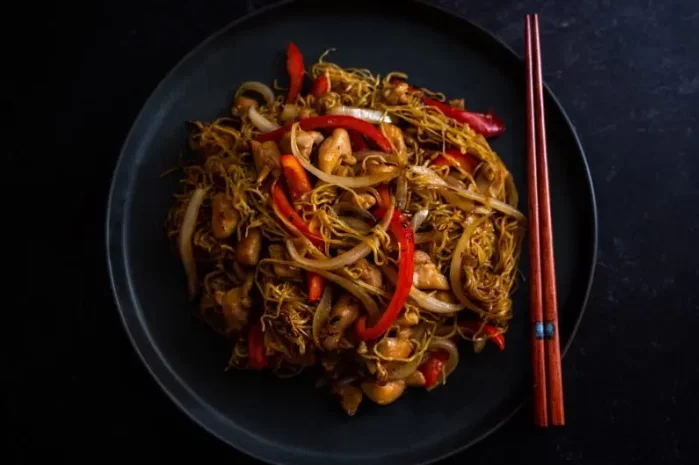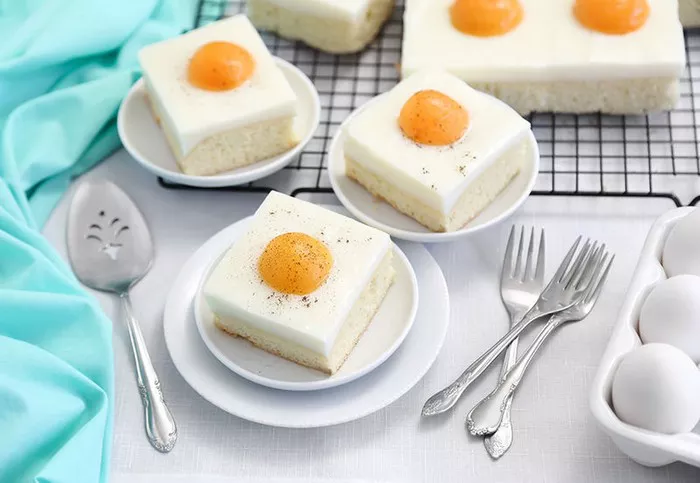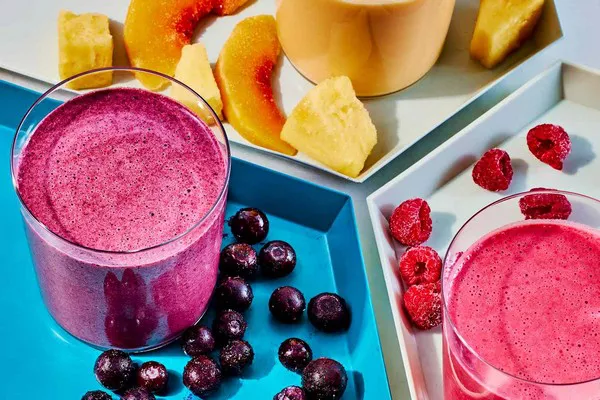Diabetes management requires careful consideration of dietary choices, particularly when it comes to carbohydrate intake. Rice, a staple in many diets, poses a challenge due to its high carbohydrate content and potential impact on blood sugar levels. However, not all rice is created equal, and understanding the glycemic index (GI) of different rice varieties can help diabetics make better choices. This article will explore the best white rice options for diabetics, preparation tips, additional considerations, and provide some delicious, diabetic-friendly recipes.
Understanding the Glycemic Index (GI)
The Glycemic Index (GI) is a numerical scale that measures how quickly carbohydrates in food raise blood sugar levels after eating. Foods are ranked on a scale from 0 to 100, with pure glucose assigned a value of 100. Low-GI foods have a score of 55 or less, moderate-GI foods score between 56 and 69, and high-GI foods score 70 or above.
SEE ALSO: Is Natural Honey OK for Diabetics?
Relevance to Diabetes Management
For diabetics, managing blood sugar levels is crucial to prevent complications and maintain overall health. Consuming low-GI foods helps in keeping blood sugar levels stable by providing a slower and more gradual increase in glucose. This steady release of glucose can prevent spikes and crashes, making it easier to manage diabetes.
White Rice Varieties and GI Values
Different varieties of white rice have different GI values. Factors such as the type of rice, its amylose content, and how it is processed affect its GI. Generally, white rice has a higher GI compared to whole grains like brown rice, but there are specific white rice varieties that have a lower GI, making them more suitable for diabetics.
White Rice Options for Diabetics
Low GI Rice
Certain white rice varieties have a lower GI, making them better options for diabetics:
Basmati Rice
Basmati rice, particularly the traditional variety, has a lower GI compared to other types of white rice. With a GI of around 50-58, it releases glucose more slowly, making it a better choice for blood sugar control. Basmati rice is also aromatic and has a distinct flavor, making it a favorite in many culinary traditions.
Jasmine Rice
Jasmine rice, especially when cooked and consumed in moderation, can have a moderate GI. Its GI ranges from 68-80, which is higher than basmati but still lower than other types of white rice. It is important to note that the preparation method can influence its GI, and combining it with other low-GI foods can mitigate its impact on blood sugar levels.
Brown Basmati Rice
While not technically white rice, brown basmati rice is worth mentioning due to its low GI (around 50) and higher fiber content. It retains the bran and germ, providing additional nutrients and fiber that aid in blood sugar management. The chewy texture and nutty flavor make it a versatile option for various dishes.
Benefits of Consuming Low GI Rice
Choosing low-GI rice can help diabetics maintain stable blood sugar levels, reduce insulin spikes, and improve overall glycemic control. The slower digestion and absorption of low-GI rice provide a more sustained release of energy, preventing the rapid blood sugar fluctuations associated with high-GI foods.
Resistant Starch White Rice
Resistant starch white rice is processed to increase its resistant starch content, which acts like fiber and is not easily digested. This modification lowers the GI and increases the fiber content, making it more suitable for diabetics. Resistant starch rice can also promote gut health by acting as a prebiotic, supporting beneficial gut bacteria.
Glycemic Index-Modified Rice
Glycemic index-modified rice is engineered to have a lower GI through various processing techniques. These rice varieties are designed to slow down the digestion and absorption of carbohydrates, resulting in a more gradual release of glucose. Brands like Uncle Ben’s® and certain specialty rice products offer glycemic index-modified rice options.
Examples of Brands and Products
Several brands offer low-GI and modified white rice products. Some notable examples include:
Uncle Ben’s® Basmati Rice: A low-GI option that is widely available and easy to prepare.
Lundberg Family Farms® Organic Brown Basmati Rice: Though technically brown rice, it offers the benefits of low-GI and high fiber.
VeeTee® Dine In Basmati & Wild Rice: A convenient low-GI rice option that combines basmati with wild rice for added flavor and texture.
SunRice® Low GI White Rice: Specifically marketed for its low GI, making it a suitable choice for diabetics.
Preparation Tips for Low-GI Rice
How rice is prepared can significantly affect its GI. Here are some practical tips to help reduce the GI impact of white rice:
Cooking Method
Steaming
Steaming rice is a gentle cooking method that helps preserve its nutritional value and maintain a lower GI. It also prevents the rice from becoming overly soft, which can increase its GI.
Pressure Cooking
Pressure cooking rice can also help reduce its GI by gelatinizing the starches more effectively, making them less rapidly digestible. This method is quick and convenient, retaining the texture and flavor of the rice.
Combining with Other Foods
High-Fiber Vegetables
Pairing rice with high-fiber vegetables like broccoli, spinach, or kale can help lower the overall GI of the meal. Fiber slows down the digestion and absorption of carbohydrates, providing a more gradual release of glucose.
Protein-Rich Foods
Including protein-rich foods like chicken, fish, tofu, or legumes in your meal can help stabilize blood sugar levels. Protein slows down the absorption of carbohydrates, reducing the impact on blood sugar.
Portion Control
Even with low-GI rice options, portion control is crucial for managing diabetes. A standard serving size for cooked rice is about 1/3 to 1/2 cup. Monitoring portion sizes can help prevent overconsumption of carbohydrates and maintain better blood sugar control.
Additional Considerations
Serving Size
Emphasize the importance of portion control, even with low-GI rice options. Overeating any type of rice can lead to elevated blood sugar levels. Stick to recommended serving sizes and balance your meals with other nutrient-dense foods.
Consult a Doctor
Encourage readers to discuss their specific dietary needs with their healthcare professional. Each individual’s diabetes management plan is unique, and a healthcare provider can offer personalized advice based on their health status and goals.
Lifestyle Modifications
Highlight the importance of exercise and overall lifestyle changes for managing diabetes. Regular physical activity, maintaining a healthy weight, and managing stress are essential components of a comprehensive diabetes management plan.
Recipes and Meal Ideas
Here are a few simple, diabetic-friendly recipes that incorporate low-GI white rice:
Lemon Herb Basmati Rice with Grilled Chicken
Ingredients:
- 1 cup basmati rice
- 2 cups water
- 1 tablespoon olive oil
- 1 teaspoon lemon zest
- 1 tablespoon fresh parsley, chopped
- 1 teaspoon fresh thyme, chopped
- Salt and pepper to taste
- 2 grilled chicken breasts, sliced
Instructions:
- Rinse the basmati rice under cold water until the water runs clear.
In a pot, bring 2 cups of water to a boil. Add the rice, reduce heat to low, cover, and simmer for 15 minutes. - Remove from heat and let sit, covered, for 10 minutes.
- Fluff the rice with a fork and stir in olive oil, lemon zest, parsley, thyme, salt, and pepper.
- Serve the rice with sliced grilled chicken breasts on top.
- Jasmine Rice and Vegetable Stir-Fry
Ingredients:
- 1 cup jasmine rice
- 2 cups water
- 1 tablespoon sesame oil
- 1 cup broccoli florets
- 1 cup bell peppers, sliced
- 1 cup snap peas
- 1 tablespoon soy sauce (low sodium)
- 1 teaspoon ginger, grated
- 2 cloves garlic, minced
- 1/2 teaspoon red pepper flakes (optional)
- 1/4 cup green onions, chopped
Instructions:
Rinse the jasmine rice under cold water until the water runs clear.
In a pot, bring 2 cups of water to a boil. Add the rice, reduce heat to low, cover, and simmer for 15 minutes.
Remove from heat and let sit, covered, for 10 minutes.
In a large pan, heat sesame oil over medium-high heat. Add garlic and ginger, sauté for 1 minute.
Add broccoli, bell peppers, and snap peas. Stir-fry for 5-7 minutes until vegetables are tender-crisp.
Stir in soy sauce and red pepper flakes (if using).
Serve the vegetable stir-fry over jasmine rice, garnished with green onions.
Brown Basmati Rice Salad with Tofu
Ingredients:
- 1 cup brown basmati rice
- 2 cups water
- 1 block firm tofu, cubed
- 1 tablespoon olive oil
- 1 cup cherry tomatoes, halved
- 1 cucumber, diced
- 1/4 cup red onion, finely chopped
- 2 tablespoons fresh cilantro, chopped
- 1 tablespoon lemon juice
- Salt and pepper to taste
Instructions:
- Rinse the brown basmati rice under cold water until the water runs clear.
- In a pot, bring 2 cups of water to a boil. Add the rice, reduce heat to low, cover, and simmer for 20-25 minutes.
- Remove from heat and let sit, covered, for 10 minutes.
- In a pan, heat olive oil over medium heat. Add tofu cubes and cook until golden brown on all sides.
- In a large bowl, combine cooked rice, tofu, cherry tomatoes, cucumber, red onion, cilantro, lemon juice, salt, and pepper.
- Toss well and serve as a refreshing salad.
Conclusion
Choosing the best white rice for diabetics involves understanding the glycemic index and selecting varieties that have a lower GI. Basmati rice, jasmine rice, and brown basmati rice are excellent options that can help manage blood sugar levels. Additionally, modified white rice options like resistant starch white rice and glycemic index-modified rice offer further benefits. Proper preparation, portion control, and pairing rice with high-fiber and protein-rich foods can enhance its suitability for a diabetic diet. Always consult with a healthcare professional to tailor dietary choices to individual needs, and remember that lifestyle modifications play a crucial role in managing diabetes. With these considerations in mind, diabetics can enjoy delicious, satisfying meals that support their health and well-being.
Related Topics:

